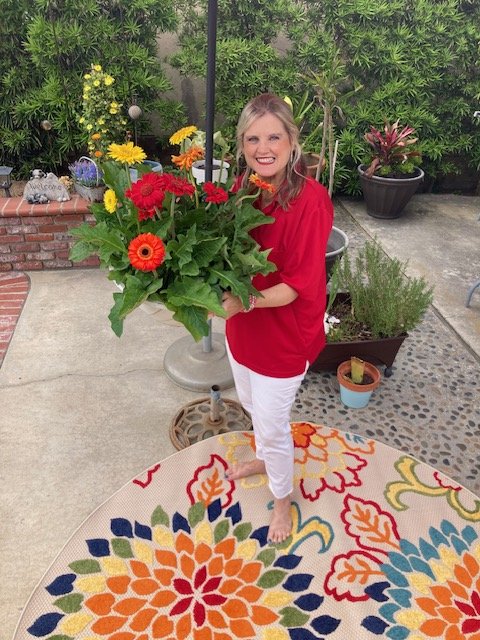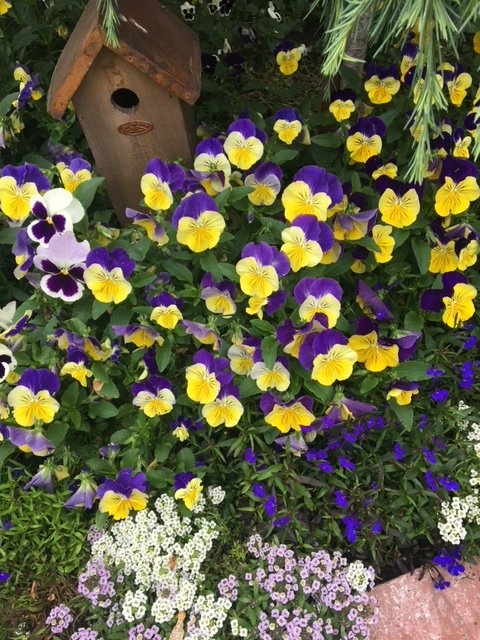
- calendar_month May 18, 2024
- folder Community, Home Design & Decor
Sharing Tags
2024, Bike Friendly Community, Community, Garden, Garden Tour, Huntington Beach, Los Alamitos, Orange County, Rossmoor, Seal Beach, Spring Garden Tour
I know if I were to have another profession other than real estate, I would own a nursery and spend my day playing with the plants.


I ran across a fantastic site titled Gardening LA. I felt like I had won the lotto on all things gardening. Perhaps I am a little late to the party as Ivonne, the consummate blogger/garden aficionado, has been advising and posting for years. Below is part of her latest blog post about, Too much of a good thing, the deluge of rain in January. She offers some great tips. The link to the entire post is located at the end.

Yvonne wrote the following regarding our deluge of rain.
Luckily, after the first deluge melted some of the soil in my downward-slanted pathways onto the pavement, I raked some sideways-angled furrows and topped them with some fallen oak tree leaves to redirect and slow the flow and encourage more absorption broadly. This lasted all the way through the last downpour and remains in place for many more to come.
Some More Tasks As A Result of The Deluge
- Don’t walk too much in your pathways to avoid compacting still-saturated soil. If you have the choice, wait a couple of days to allow the soil to drain more before working the soil.
- Remove weeds, which of course, have also thrived with the rain. Remove them now while they’re still smallish before they get too large, and even start setting some seeds as the temperature warms.
- Lightly fertilize veggies, fruit trees, and container plants. The extended rains will have leached out nutrients, and you want to have more available to plants as the weather warms. Carefully lightly cultivate the top surface of the soil to enable the fertilizers to be dissolved into the soil with (hopefully) more rains or irrigation.
- Sow more seeds and transplant seedlings, being careful not to compact the soil by pressing soil too much as you firm the plant in; just let the initial watering “melt” the soil around the plant roots.

If Frost Threatens
- Frost is more likely on dry, windless, clear nights. However, thanks to the extensive rains, our garden trees and plants are well-watered, which provides greater protection from frost damage.
- Mini-greenhouses made from clear plastic milk or water jugs with their caps removed and their bottoms cut off will keep chilly winds from affecting the plants. Press the jugs about one-half inch deep into the soil to lessen the chance of the jug being blown away during windy gusts. Remove the jugs when the foliage begins to crowd inside the jug, or when night temperatures are consistently above 50 degrees.
- If plants are damaged by frost, don’t remove any of the dead foliage or branches. Plants may look messy, but these damaged portions will protect sensitive growth further inside the plants from later frosts. Wait to start trimming dead foliage until growth begins again in spring, since you may find that branches which appeared and

Popular Articles you may enjoy: https://janie.jhagents.com/blog
For Professionals: https://janie.jhagents.com/vendors
I am just a call or text away if you need anything.
